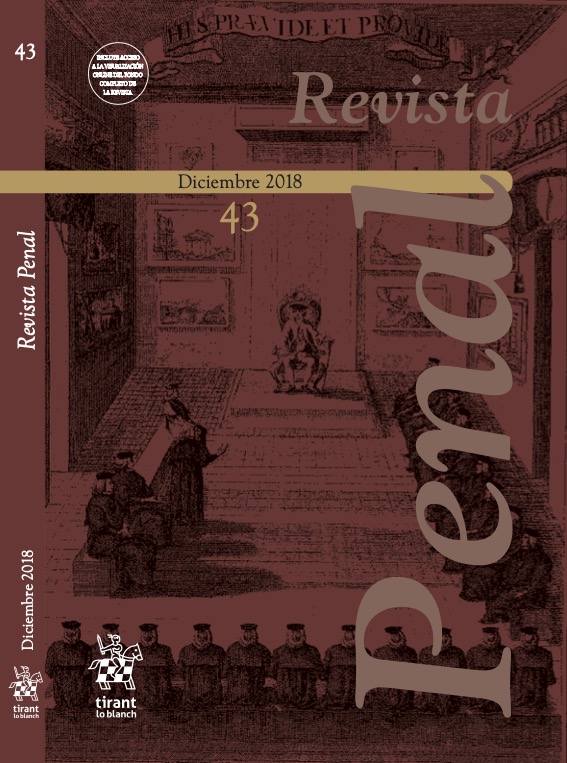A reading of article 1 of the Convention against Torture and Other Cruel, Inhuman or Degrading Treatment or Punishment, in light of the practice of International Committees and the jurisprudence of international tribunals
DOI:
https://doi.org/10.36151/Keywords:
Acts of torture, State liability, individual responsibility, international crime, fighting impunity, treatment of victims of torture, prevention, case – lawAbstract
The struggle against torture by means of international instruments is an example of the effectiveness of International Law playing the role of building up norms of hard law and mechanisms to oversee their coercion overriding the classic notion of domain reserve and exclusivity of national sovereignty. This analysis highlights how this gradual policy of barring torture and ill- treatment is pervasive even in convoluted times where the reason of the State calls for exceptional measures in order to put an end to threats whereas real, hypothetical or created by a synergy of factors of elusive grip and where the limits of state & individual responsibility are blurred. The study shows that even in times of want and fear, the filters of control remains on call to visualize the evil of the act, to impede its repetition, to sanction and to educate in a prevention culture.



